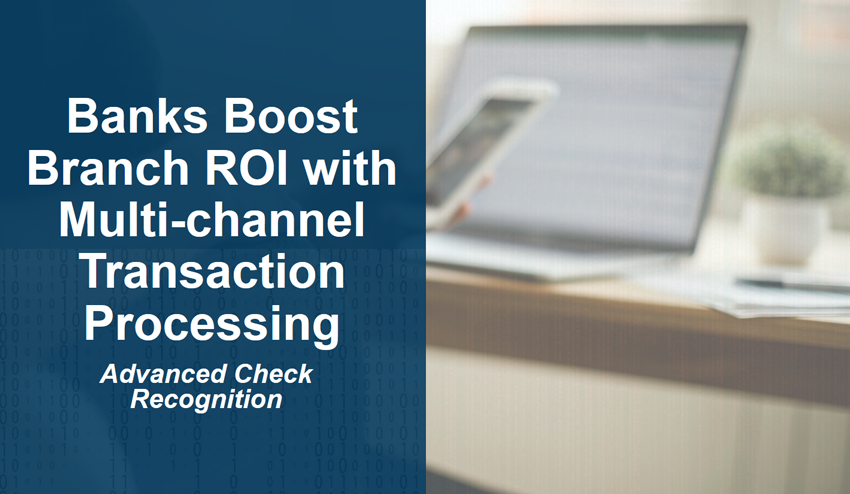Another coffeehouse opened near my home. That’s fine with me; I like their coffee. In fact, I’ll often skip making my morning cup at home and stop by on the way to work. Having a new coffee place near me is a convenient development.
Are Bank Branches a Thing of the Past?
These days, people are more than willing to visit a local coffeehouse, but much less likely to go into neighborhood bank branch. Technology is driving more self-service options and branch operations are struggling. According to McKinsey, over one quarter of all branches are below break-even and losing money. As a result, more than half of the top 100 U.S. banks reduced their footprint by more than 50% over the past five years.
The shrinking profitability of branches and the expansion of digital banking is challenging the traditional brick-and-mortar channel in the financial sector. Big banks and regional institutions are focusing intently on transforming their remaining branch operations to support higher-value interactions. This means removing redundancy and overhead, and reevaluating how branches deliver service.
Benefiting from Self-service Devices
Take, for instance, mobile deposit. From a personal perspective, having to visit a branch to deposit a check is time consuming and somewhat annoying. With mobile deposit, it is no longer necessary to travel to the branch and wait in line to deposit a check. Using advanced capture, the bank immediately verifies the amount that the customer entered in the mobile app. This enhances customer experience since it enables real-time transactions with immediate feedback. For the bank, it removes the need for bank staff to perform the verification sometime within 24 hours.
Multi-channel Transaction Processing
For banks to remain competitive in a digital-first economy, they must meet customer expectations and needs by expanding their offerings. This may be as simple as extended service hours or new services altogether. New digital channel contact points increase sales opportunities. Customers expect a seamless experience whether they are on a laptop, mobile device or at a branch including personalized offerings tailored to them.
Arguably, it began with the automation of transactional tasks including check processing. Traditionally, since this involves many departments in a bank, processing a received payment could take days. Advanced check recognition allows for reading, extracting and verifying all of the data from checks, such as amounts, dates, signatures and so on.
Automated Tools Change the Game
The latest automation tools based on deep learning algorithms are now available that process checks in a significantly smarter, faster and more human-like way that changes the game for bank branch operations. For example, Parascript’s CheckXpert.AI software uses the latest advancements in deep learning to address the challenge of check processing. The system reads check data fields and MICR with better than human accuracy and speed, and banks find it to be a powerful tool to reduce costs, optimize operations and boost branch ROI. The approach frees bank tellers to do the real work of improving customer experience and meeting their customers’ more complex financial needs.
With seamless mult-channel access, customers can complete transactions in whatever channel they prefer no matter where they began the transaction. In addition to the holistic customer experience, banks also have the omni-channel view that helps prevent fraud and ensure compliance while better protecting customer information.
My Cup a Joe
Banks, credit unions and other financial institutions face a changing landscape. Mobile and online technology have changed customers’ habits and expectations. Banks must work in different ways to boost branch ROI and customer experience. New AI-fueled techniques for check recognition, mobile deposit and other process automation tools help enable the transition. Are you ready? It may be time to finish up that latte and get to work.
# # #
Kevin Craine is the author of the book Designing a Document Strategy and host of the Document Strategy Podcast. He is the managing director of Craine Communications Group. For more information visit CraineGroup.com. Author’s note: All thoughts and opinions expressed here are my own and not influenced by the developing company or its affiliates.
If you found this article interesting, you may find this ebook useful, Mortgage Automation: Document Classification or the recent webinar on “Straight Through Processing for Mortgages.” Below is a brief video on mobile onboarding.





